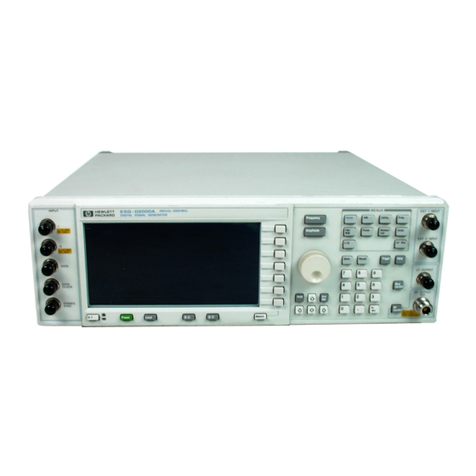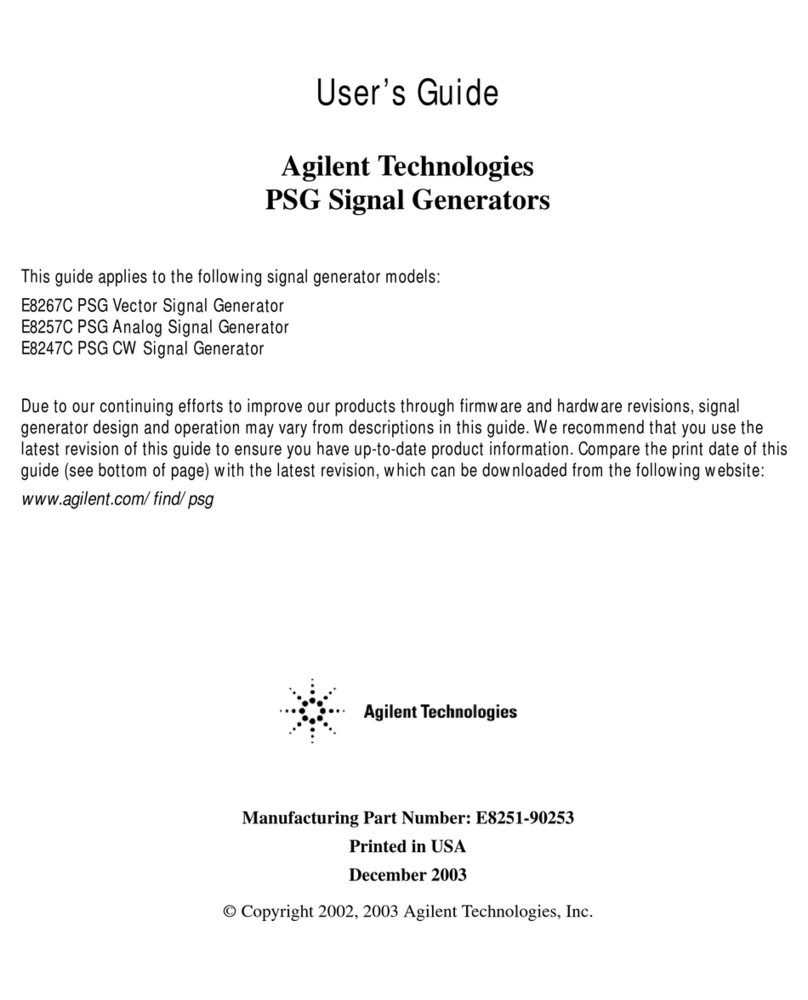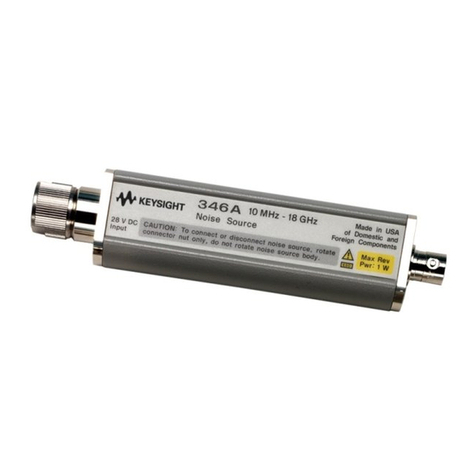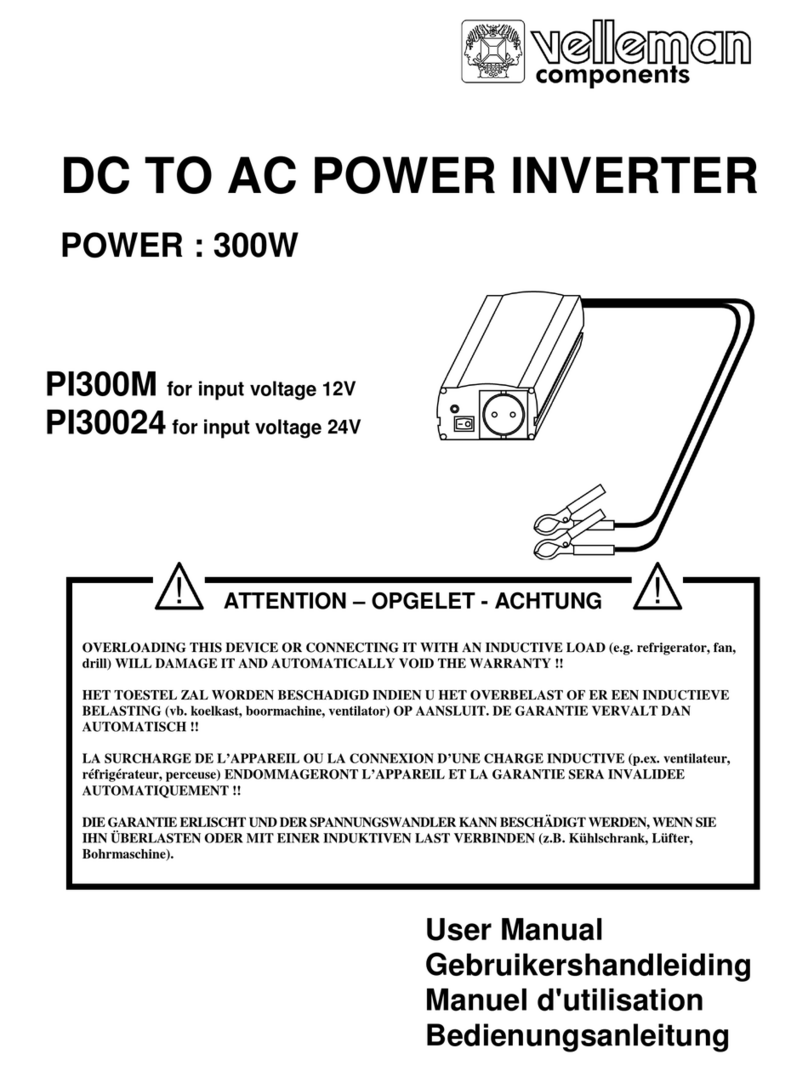Agilent Technologies 205AG Service manual
Other Agilent Technologies Inverter manuals
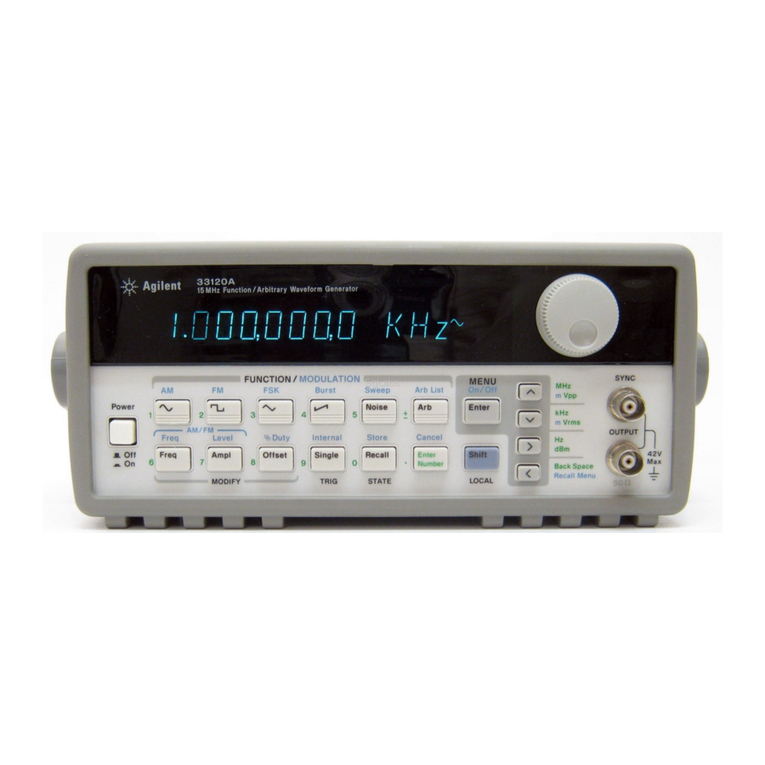
Agilent Technologies
Agilent Technologies 33120A User manual

Agilent Technologies
Agilent Technologies PSG Series Installation and operation manual
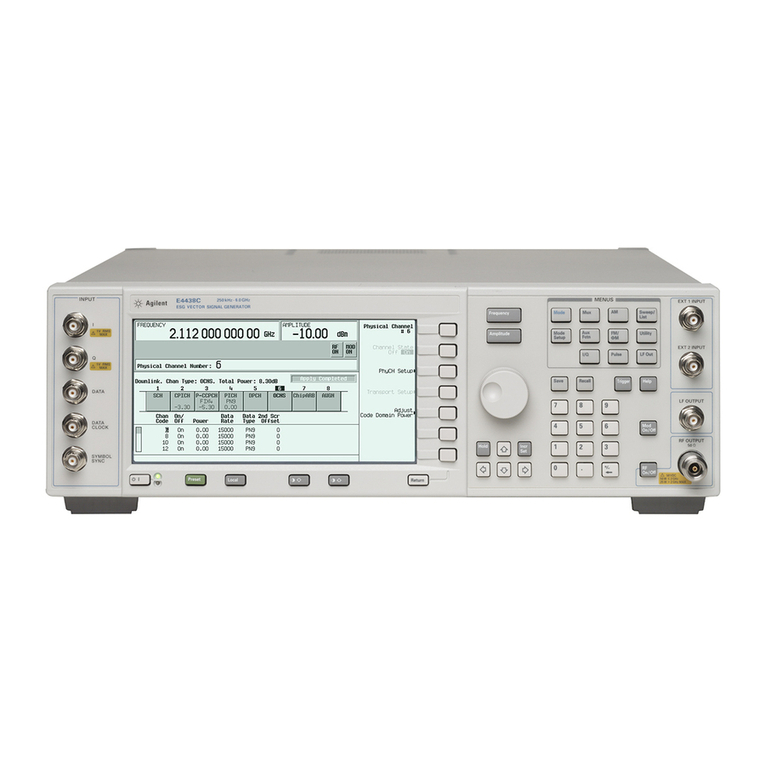
Agilent Technologies
Agilent Technologies E4428C User manual
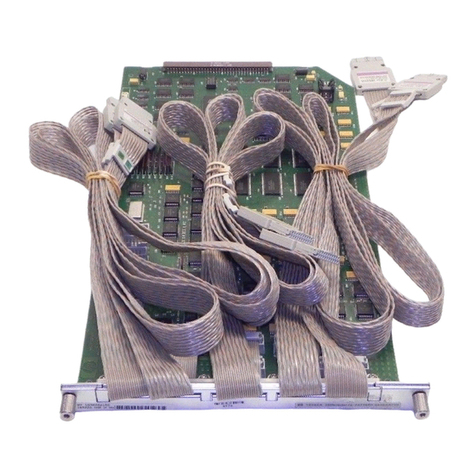
Agilent Technologies
Agilent Technologies 16522A User manual
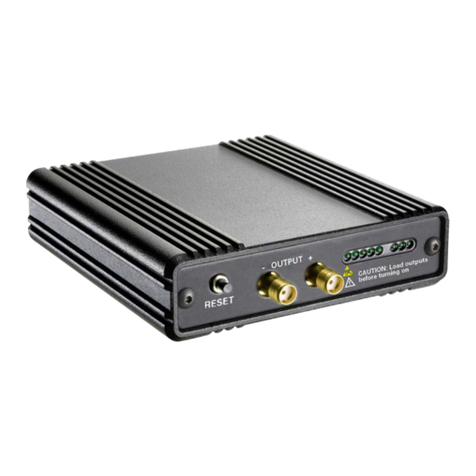
Agilent Technologies
Agilent Technologies N4970A User manual
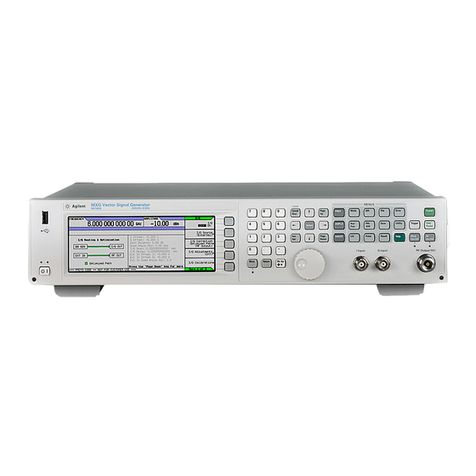
Agilent Technologies
Agilent Technologies n5181a Operating instructions
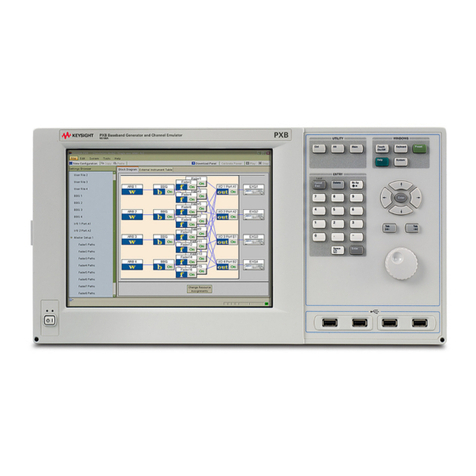
Agilent Technologies
Agilent Technologies N5106A PXB Baseband User manual

Agilent Technologies
Agilent Technologies E4400-60246 Installation and operation manual
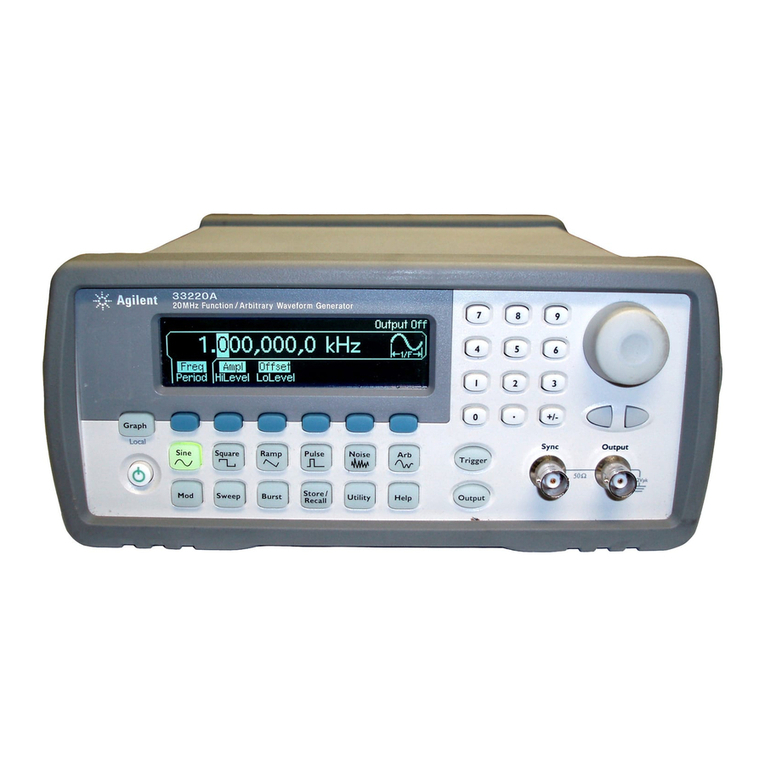
Agilent Technologies
Agilent Technologies 33220A User manual

Agilent Technologies
Agilent Technologies 33120A User manual
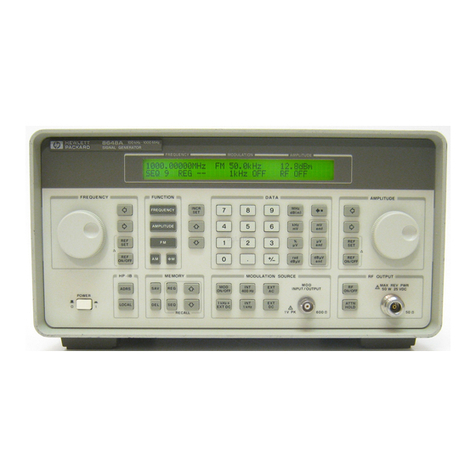
Agilent Technologies
Agilent Technologies 8648A Service manual
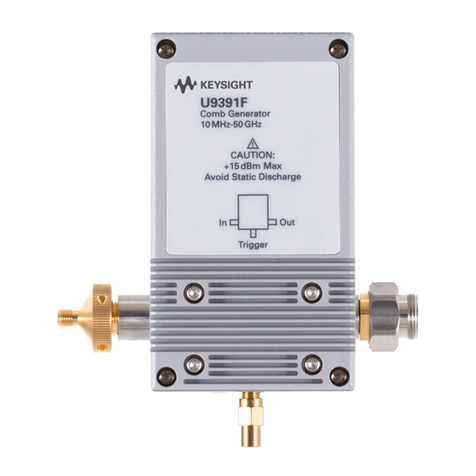
Agilent Technologies
Agilent Technologies U9391C Service manual

Agilent Technologies
Agilent Technologies 33250A User manual
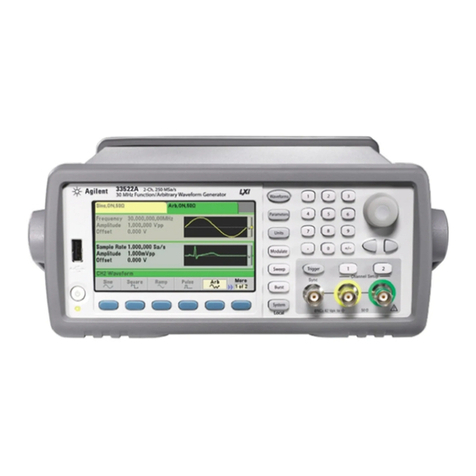
Agilent Technologies
Agilent Technologies Agilent 33500 Series Service manual
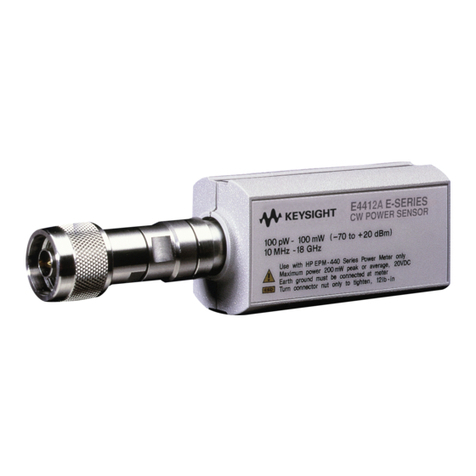
Agilent Technologies
Agilent Technologies E4412A Service manual
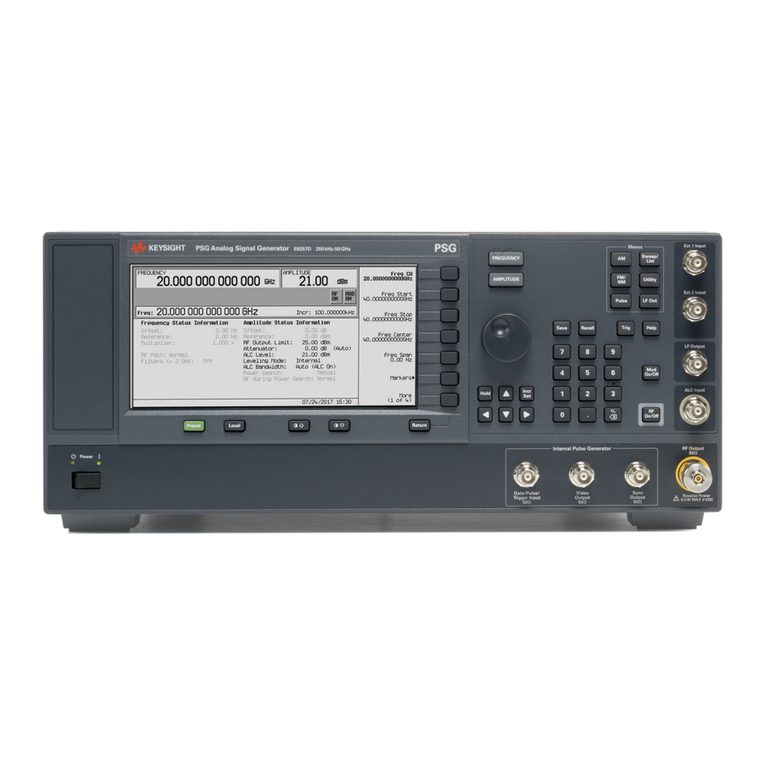
Agilent Technologies
Agilent Technologies E8257D/67D User manual

Agilent Technologies
Agilent Technologies 33250A User manual
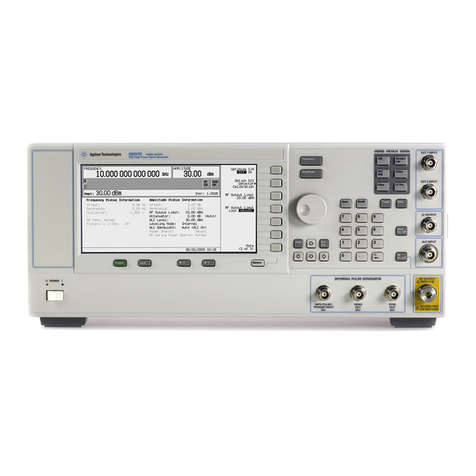
Agilent Technologies
Agilent Technologies E8257D PSG User manual
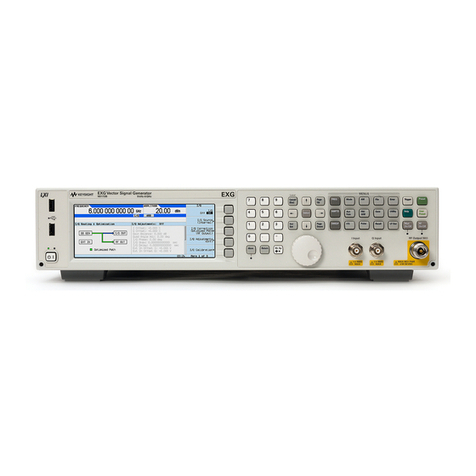
Agilent Technologies
Agilent Technologies MXG (Series A and B) User manual
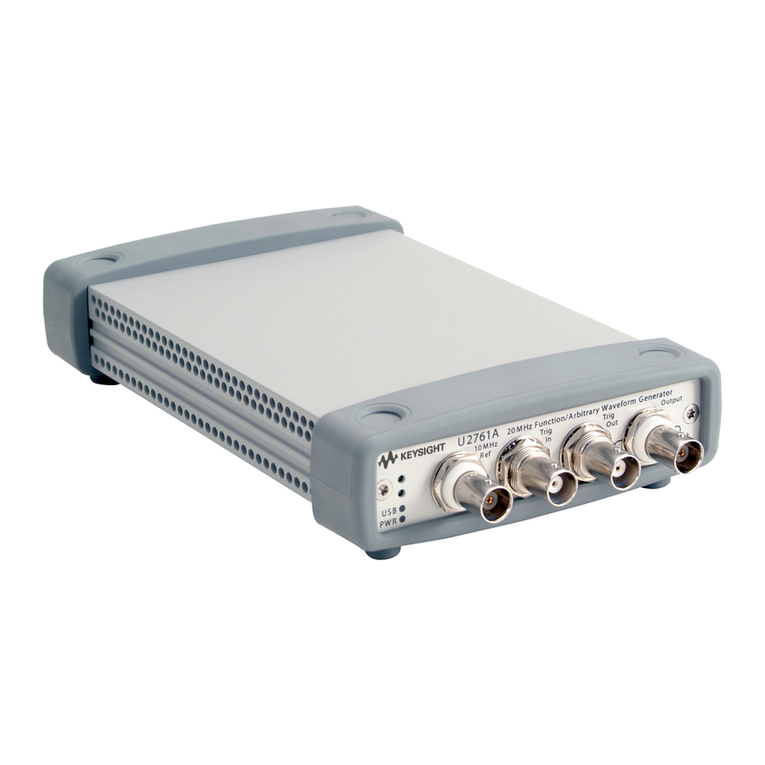
Agilent Technologies
Agilent Technologies AGILENT U2761A User manual
Popular Inverter manuals by other brands

Omnik New Energy
Omnik New Energy Omniksol-1.5k-TL user manual

4-noks
4-noks ZR-SWITCH-RC instruction manual

V&T
V&T V5 Series user manual

Hon Turing
Hon Turing HT-T-S1000-12 introduction

Metabo
Metabo E 140 SP Plus Original operating instructions

BARRON
BARRON EXITRONIX Tucson Micro Series installation instructions

Baumer
Baumer HUBNER TDP 0,2 Series Mounting and operating instructions

electroil
electroil ITTPD11W-RS-BC Operation and Maintenance Handbook

Silicon Solar
Silicon Solar TPS555-1230 instruction manual

Mission Critical
Mission Critical Xantrex Freedom SW-RVC owner's guide

HP
HP 3312A Operating and service manual

Hoymiles
Hoymiles HM-500T user manual

